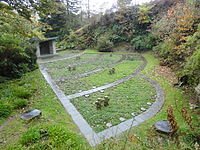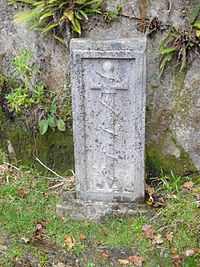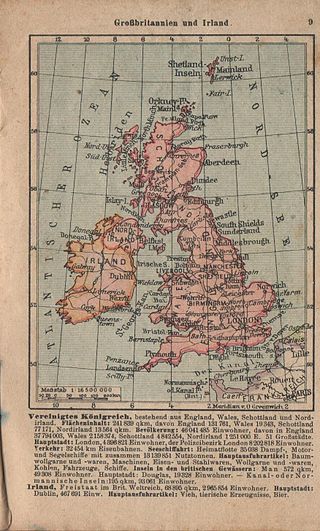
Plan Kathleen, sometimes referred to as the Artus Plan, was a military plan for the invasion of Northern Ireland by Nazi Germany, sanctioned in 1940 by Stephen Hayes, Acting Irish Republican Army (IRA) Chief of Staff.

The Emergency was a state of emergency in the independent state of Ireland in the Second World War, throughout which the state remained neutral. It was proclaimed by Dáil Éireann on 2 September 1939, allowing the passage of the Emergency Powers Act 1939 by the Oireachtas the following day. This gave sweeping powers to the government, including internment, censorship of the press and correspondence, and control of the economy. The Emergency Powers Act lapsed on 2 September 1946, although the Emergency was not formally ended until 1976.
Events from the year 1940 in Ireland.

Lieutenant Commander Eugene Esmonde, was a distinguished Irish pilot in the Fleet Air Arm who was posthumously awarded the Victoria Cross (VC), the highest award for gallantry in the face of the enemy awarded to members of Commonwealth forces. Esmonde earned this award while in command of a torpedo bomber squadron in the Second World War - in an action known as Operation Fuller, the 'Channel Dash’.

A war grave is a burial place for members of the armed forces or civilians who died during military campaigns or operations.

SS Arandora Star, originally SS Arandora, was a British passenger ship of the Blue Star Line. She was built in 1927 as an ocean liner and refrigerated cargo ship, converted in 1929 into a cruise ship and requisitioned as a troopship in the Second World War. At the end of June 1940 she was assigned the task of deporting interned Anglo-Italian and Anglo-German civilians as well as a small number of legitimate prisoners of war to Canada. On 2 July 1940 she was sunk by a German U-boat off the coast of Ireland with a large loss of life, 805 people.

Operation Shamrock was a scheme bringing non-Jewish refugee children from mainland Europe to Ireland in the aftermath of the Second World War. It was organised by the Irish Red Cross, and involved about 500 children, mostly from Germany, who stayed for three years before returning home.

Milltown Cemetery is a large cemetery in west Belfast, Northern Ireland. It lies within the townland of Ballymurphy, between Falls Road and the M1 motorway.

Hermann Görtz was a German spy in Britain and Ireland before and during World War II, liaising with the Irish Republican Army (IRA). After the war, he committed suicide rather than be deported from Ireland to Germany.
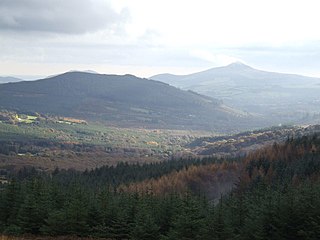
Glencree is a valley in the Wicklow Mountains in eastern Ireland. It is the third-closest valley in the mountains to Dublin city, the first being Glencullen and the second Glenasmole. The River Dargle flows down the valley, which rises to a height of about 400 metres. The foot of the valley is the site of the village of Enniskerry.
Operation Lobster I was an Abwehr plan to infiltrate three German agents into Ireland, in July 1940. It was part of a wider series of missions carried out within the framework of Operation Lobster during World War II.
The Irish Republican Army (IRA), a paramilitary group seeking to remove Northern Ireland from the United Kingdom and unify Ireland, shared intelligence with the Abwehr, the military intelligence service of Nazi Germany, during the Second World War.
Operation Mainau was a German espionage mission during the Second World War. It was sanctioned and planned by the German secret service (Abwehr) and executed successfully in May 1940. The mission plan involved inserting Abwehr agent Hermann Görtz into Ireland by parachute.

The policy of neutrality was adopted by Ireland's Oireachtas at the instigation of the Taoiseach Éamon de Valera upon the outbreak of World War II in Europe. It was maintained throughout the conflict, in spite of several German air raids by aircraft that missed their intended British targets, and attacks on Ireland's shipping fleet by Allies and Axis alike. Possibilities of both German and British invasions were discussed in Dáil Éireann. Both eventualities were prepared for, although the most detailed preparations were done with the Allies under Plan W. De Valera's ruling party, Fianna Fáil, supported his neutral policy for the duration of the war.

The MV Kerlogue was an Irish ship attacked in World War II that has become the exemplar of neutral Irish ships during the war. The Kerlogue was a very small ship that was attacked by both sides and rescued people from both sides. She was almost sunk by a German mine and was strafed by the No. 307 Polish Night Fighter Squadron of the Royal Air Force. She rescued the Wild Rose of Liverpool and the survivors of the German destroyer Z27 and its escort, the survivors of which, in the latter case, were brought back to Ireland and interned until the end of hostilities.

The SS Irish Oak was an Irish-operated steamship that was sunk in the North Atlantic during World War II by a German submarine.
HMT Bedfordshire (FY141) was an armed naval trawler in the service of the Royal Naval Patrol Service during World War II. Transferred to the East Coast of the United States to assist the United States Navy with anti-submarine patrols, she was staffed by a British and Canadian crew. Bedfordshire was sunk by the German submarine U-558 on 11 May 1942 off the coast of Ocracoke Island in the Outer Banks of North Carolina, with the loss of all hands.

The Glencree Centre for Peace and Reconciliation is the Republic of Ireland's only Peacebuilding centre. It has been resolving conflict through the power of dialogue since its founding in 1974.
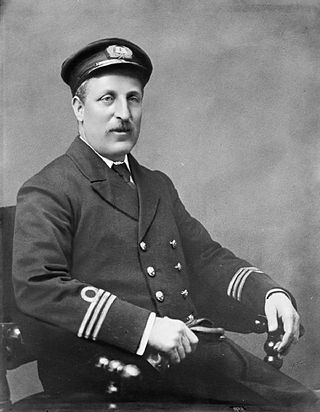
Charles Algernon Fryatt was a British merchant seaman who was court martialled by the Imperial German Navy for attempting to ram a German U-boat in 1915. When his ship, the SS Brussels, was captured by the Germans off occupied Belgium in 1916, Captain Fryatt was court-martialled under German military law and sentenced to death for "illegal civilian warfare". He was executed by firing squad near Bruges, Belgium. In 1919, his body was reburied with honours in the United Kingdom.
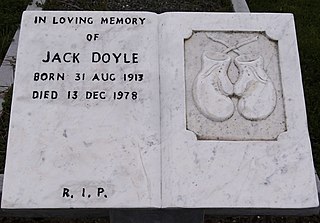
The Old Church Cemetery is an ancient cemetery on the outskirts of the town of Cobh, County Cork, Ireland which contains a significant number of important burials, including a number 3 mass graves and several individual graves containing the remains of 193 victims of the passenger ship RMS Lusitania which was sunk by a German torpedo off the Old Head of Kinsale during the First World War in May 1915 with the loss of more than 1,100 lives. The Commonwealth War Graves Commission register and maintain the graves of 127 identified Commonwealth service personnel from the same war.
